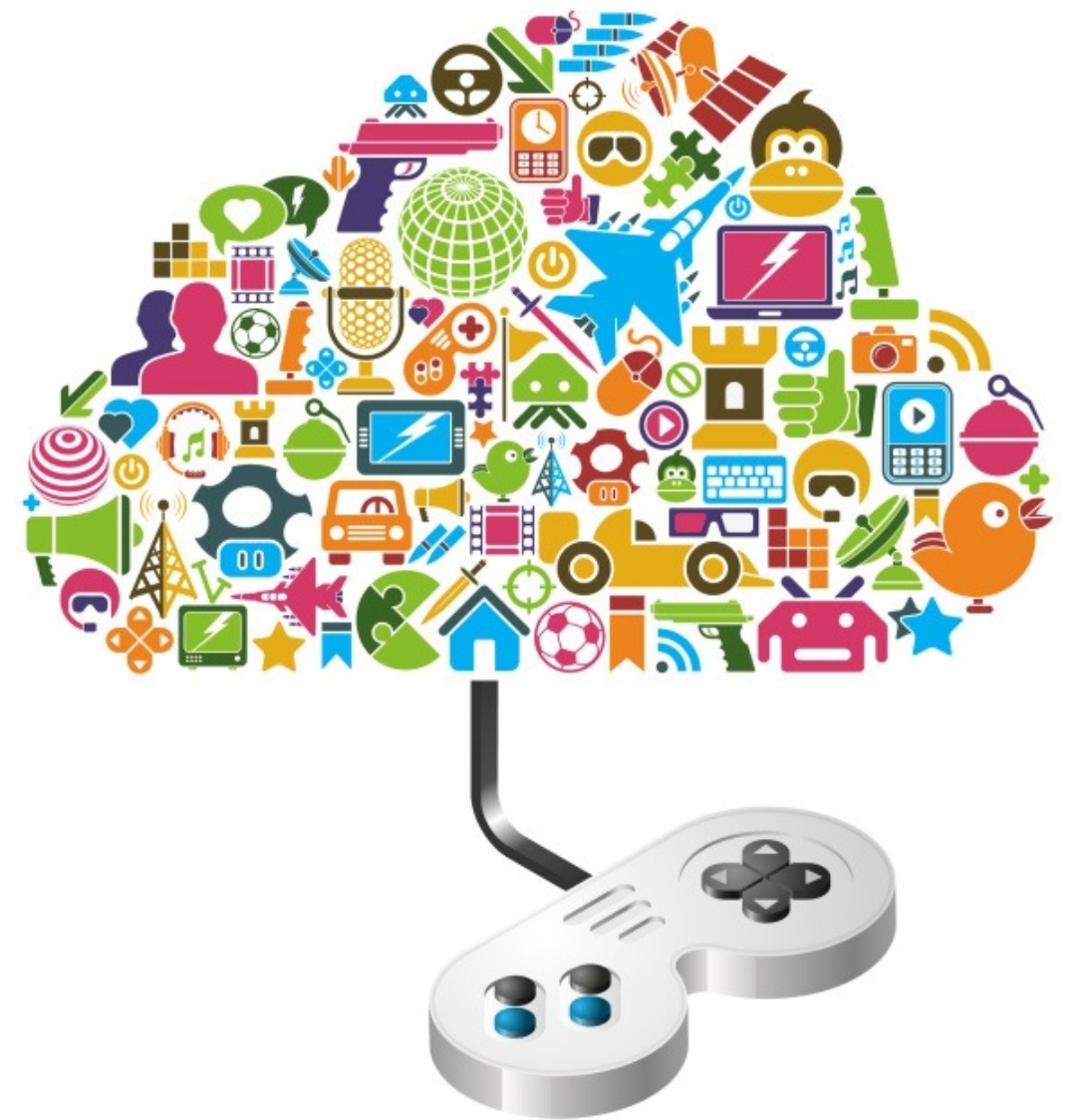If you want to focus on making your lessons more fun, engaging and interactive, then look no further. Game-based learning, also known as gamification, is a great way to engage students, particularly those in primary and secondary education.
The definition of gamification is a strategy that implements game-like elements into non-gaming activities to enhance motivation. Since children are very interested in games, from video games and mobile applications to simple playground and board games, this can be a great place to start.
As we explore in our blog post about gamification in education, playing video games has been linked to dopamine production. So, incorporating some ideas from video games into education can actually have positive effects on the mood of students, making them more determined to succeed.
However, it is worth mentioning that gamification shouldn’t necessarily be used in every context. Sometimes, lessons require more serious discussions. In addition, too much game-based learning is likely to remove some of the fun and increased motivation that children feel.
Here are some of the ways you can incorporate game-based learning into your lessons:
Points systems
Levels and progress bars
Challenges and competitions
Unique rewards
Learning badges
You can find out more about Learning through Play in our course by Federation University.




